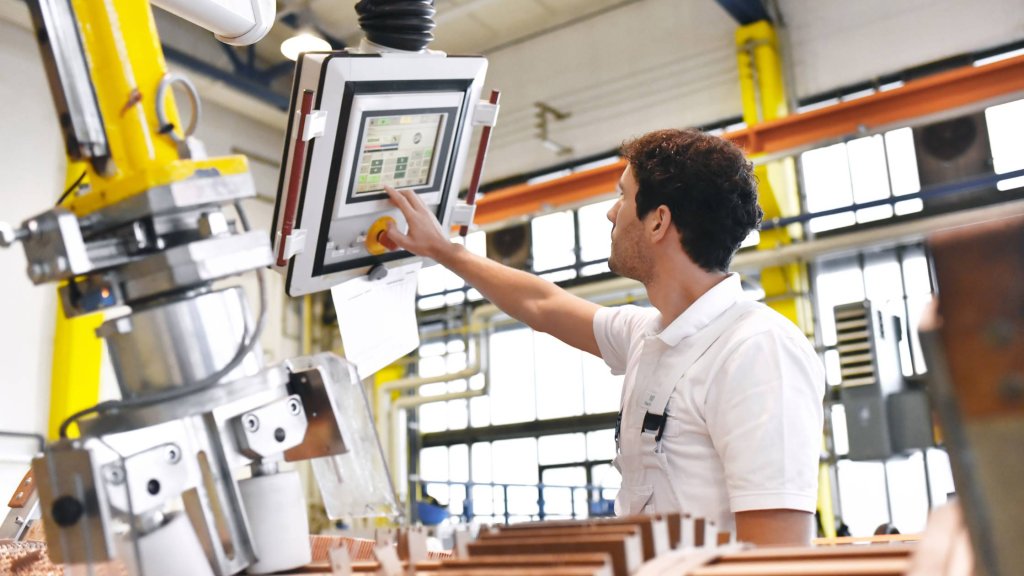These days, digital marketing outperforms most businesses’ expectations, which is not surprising given that the industry has grown at an exponential rate to reach an estimated $460 billion in sales in America alone. Nonetheless, some businesses continue to have trouble realizing the potential of digital marketing collaboration and finding ways to use it to run effective campaigns. A primary issue that companies have when attempting to start new marketing initiatives is a deficiency of communication both internally and externally.
This post explains the value of teamwork in digital marketing collaboration and offers some practical methods for fostering more of it.
Businesses may close the gap and fully utilize the potential of digital marketing to create campaigns that are more impactful and effective by creating an atmosphere that promotes open communication. By highlighting the value of interdepartmental cooperation, businesses may develop a cohesive strategy that supports overarching corporate goals and increases the likelihood of campaign success.
Why Does Digital Marketing Collaboration Matter
Collaboration among employees is what leads to successful marketing projects.
Employees who combine knowledge, resources, and efforts efficiently produce incredible results while using limited resources; when teams pool these resources together, they can easily track each other’s progress while quickly detecting shifts in company direction as well as ensure everyone is on one page to avoid miscommunication or confusion among team members.
Yes, all this can be achieved simply by teaching your digital marketing professionals to collaborate more closely together. Implementing regular team-building exercises, fostering a culture of open communication, and providing collaborative tools and platforms can further enhance teamwork and boost overall productivity.
7 Best Tips and Strategies to Improve Digital Marketing Collaboration

1. Make clear goals and allocate responsibilities
Work on any digital marketing project begins by understanding its goals and devising ways of reaching them. To ensure satisfaction with its outcomes, all team members should know which tasks fall under their responsibility.
Goals or missions should also align with your brand goals for maximum efficiency, so if that is not the case, it would be prudent to alter your project in some way lest you go off-brand and waste budget money in doing so.
Additionally, regularly reviewing and reassessing project goals ensures adaptability to changing market conditions and helps in making informed adjustments for better outcomes.
2. Choose the right tools and platforms for collaboration
Remote collaboration may appear effortless for most, yet finding digital tools with all of the features a company needs can still prove to be challenging. That is why digital marketing teams must select an effective marketing collaboration software platform in order to collaborate remotely successfully.
Your company will quickly recognize and experience an immediate difference after finding a platform explicitly tailored to its requirements.
Tools with features such as shared calendars, collaboration features, and project management features will allow your digital marketing team to work more efficiently – but beware: collaboration software must promote teamwork regardless of its physical location!
3. Maintain consistent and explicit communication
As digital marketing evolves rapidly, so must its data, trends, and customer feedback; therefore, your team needs to communicate regularly in order to stay abreast of this field. You may create reports, discuss official updates through email or chat rooms, as well as schedule video face-to-face meetings for brainstorming purposes.
Consider also how listening to your teammates is just as essential to building strong working relationships as sharing one’s views with colleagues. Moreover, fostering an open and inclusive environment where team members feel comfortable sharing ideas promotes a culture of collaboration and innovation within the organization. Regularly seeking input and feedback from team members can lead to valuable insights and contribute to continuous improvement in digital marketing strategies.
4. Evaluate and improve processes
Did you know that marketers with organized internal and external processes are 397% more likely to report being successful? Therefore, streamlining internal team processes is the optimal way of increasing communication within an organization. Improving processes means analyzing performance results as well as understanding threats, weaknesses, and strengths within teams.
To do this properly, it will require gathering input from team members and other stakeholders via surveys or interviews. Encourage an open feedback culture where employees feel empowered to share their insights, fostering a collaborative environment that promotes continuous improvement.
5. Create more cross-functional teams
Your marketing and digital marketing teams may benefit from working as cross-functional teams, with employees from different departments joining forces on specific projects. Establish an alliance among SEO, social media, and content production teams to launch a new initiative successfully. Foster an environment where diverse perspectives contribute to comprehensive strategies, ensuring that each team member brings unique insights to the table. Encourage regular collaboration meetings and brainstorming sessions to facilitate seamless coordination and a holistic approach to project implementation.
6. Share Information and Resources

Make sure your employees recognize the significance of sharing resources within their company. SEO teams could gain access to data or insights, which would prove essential for social media teams; when employees share this knowledge, it helps achieve company goals more quickly and effortlessly. Encourage cross-functional training programs or knowledge-sharing sessions to facilitate a deeper understanding of each team’s expertise, fostering a collaborative environment where skills are diversified and shared for overall organizational growth. Promoting a culture of open communication and resource sharing can lead to innovative solutions and efficient workflows across different departments.
7. Remember to recognize and celebrate your successes
Remind yourself that for digital marketing to produce increased profit, celebrating employee accomplishments is critical. Instead of just criticizing work done or criticizing its flaws, giving recognition is a fantastic way to motivate employees while building team spirit and encouraging cooperation within an organization. Recognize strengths while enhancing cooperation for optimal creativity among team members. Additionally, consider implementing a rewards system or acknowledgment platform to further incentivize outstanding contributions and foster a positive work culture.
To Sum It Up
Cooperating in digital marketing could transform your company’s situation and allow it to expand successfully.
Clarifying primary goals, employing effective collaboration tools, and training team members on effective collaboration practices will increase your organization’s chances of meeting its desired objectives and give it an advantage in its industry.












